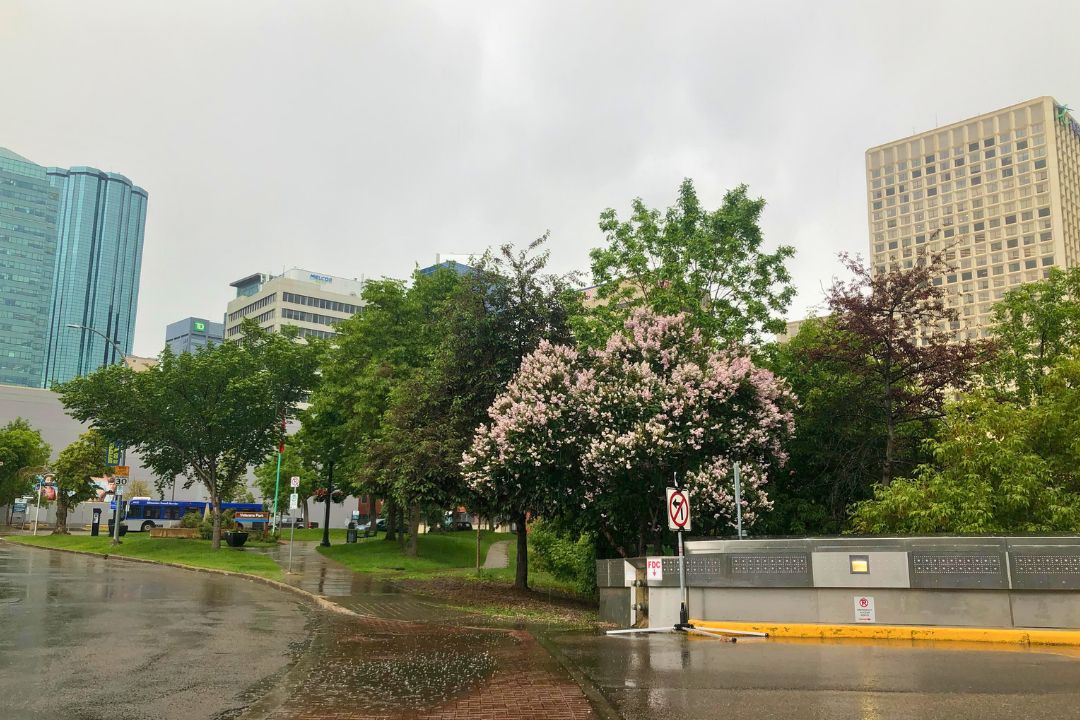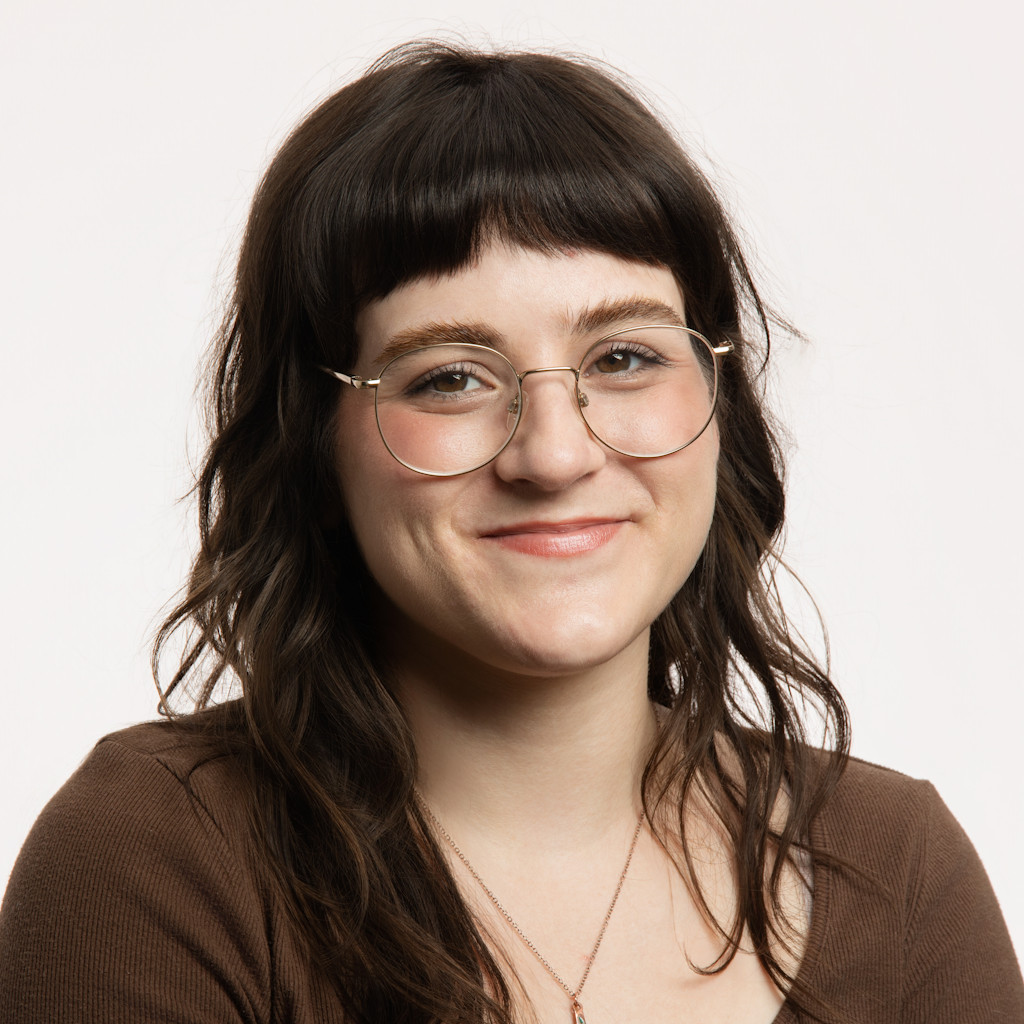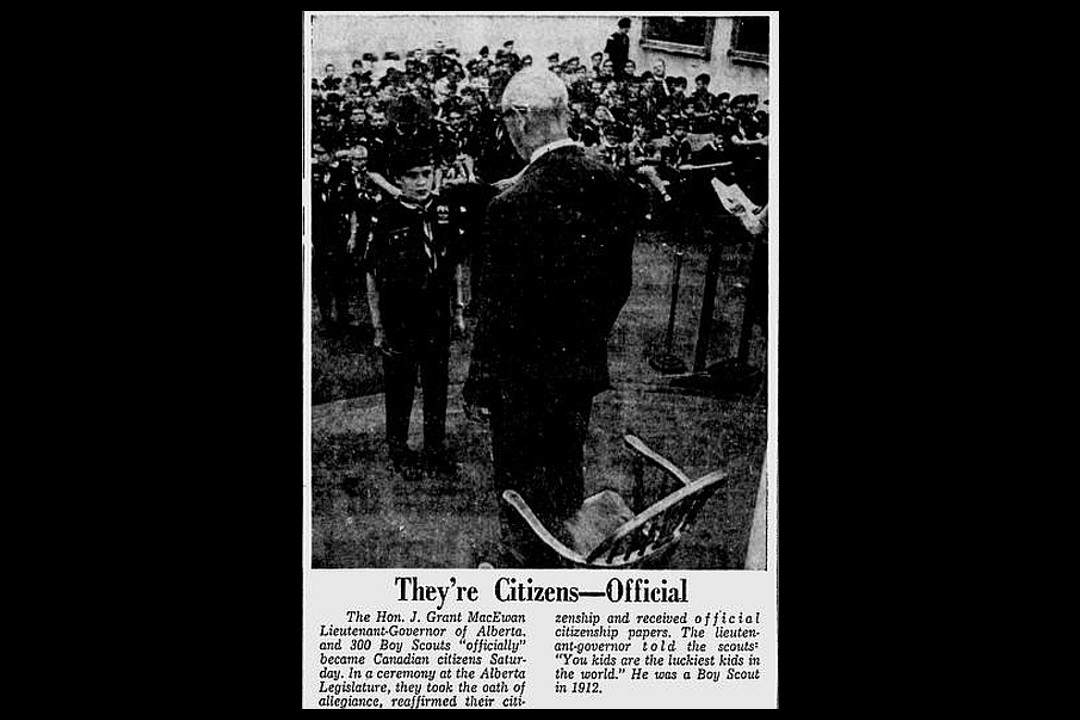
Tree enthusiasts set to cultivate urban canopy conversation at conference
An arborist and a tree historian are bringing together international experts for a one-day urban forestry conference at the Backstage Theatre on June 21.
"We've identified a handful of presenters whose voices are important but maybe (are) not the loudest voices in the room typically," said Dustin Bajer, co-organizer of the Spoke n' Loam conference.
Bajer operates a tree nursery in his backyard and teaches others how to do the same through his Shrubscriber subscription community. He also works with the Edmonton Heritage Council to catalogue the city's large, old, and unique trees. His co-organizer, Emi Wekwert, is an arborist certified by the International Society of Arboriculture.
While a typical forestry conference might bring together resource management professionals to learn about lumber, pulp, and forest fires, this conference is more concerned with individual trees in an urban environment. "In a city context, it's a lot more about maintaining tree health so that the trees can provide ecosystem services, and economic value, and duty to the city itself and to individual homeowners," Bajer said.
Trees can increase a neighbourhood's livability, mitigate extreme weather caused by climate change, and could even be linked to a decrease in crime, Bajer said. "Maintaining the health of our urban forest canopy is a way that we can actually indirectly address a lot of challenges that we have, be it social or environmental, especially when we're talking about the mitigation of the impact of climate change."
The conference includes six presentations, each followed by a Q-and-A.
Bajer will support Yong Fei Guan's presentation about Goji berry trees in Edmonton. The fruit tree is native to Asia but was brought to Edmonton by Chinese workers, who came here to help build the continental railroad in the late 1800s. Goji shrubs can grow comfortably in Edmonton, including in the river valley. Guan is a researcher and artist who created the Edmonton Goji Map. The map illustrates that the most visible Goji shrubs are concentrated in the McCauley area. Guan used software that Bajer helped develop while researching heritage trees.
Dave Lutes, an Indigenous arborist from Manitoba, will share his experiences becoming a knowledge keeper, and speak about the interconnection between trees, culture, and recovery. Katie Breukers will discuss how climate change is contributing to fungal pathogens and the deterioration of urban tree health, a field she studies at the University of New Brunswick. Dana Green, a bat ecologist and PhD candidate at the University of Regina, will talk about bat species that roost in trees and how to avoid harming wildlife.
Toni-Marie Newsham and Charlene Scott are on the ISA's Prairie Chapter Women in the Trees committee. The two will explore how arborists will change the future ecosystem and how that can steer arborist decisions today. Jack Novak and Jeremiah Sandler of Tree First Arboriculture, based in Detroit, will speak about the company's emerging "practitioner model" for arboriculture.




